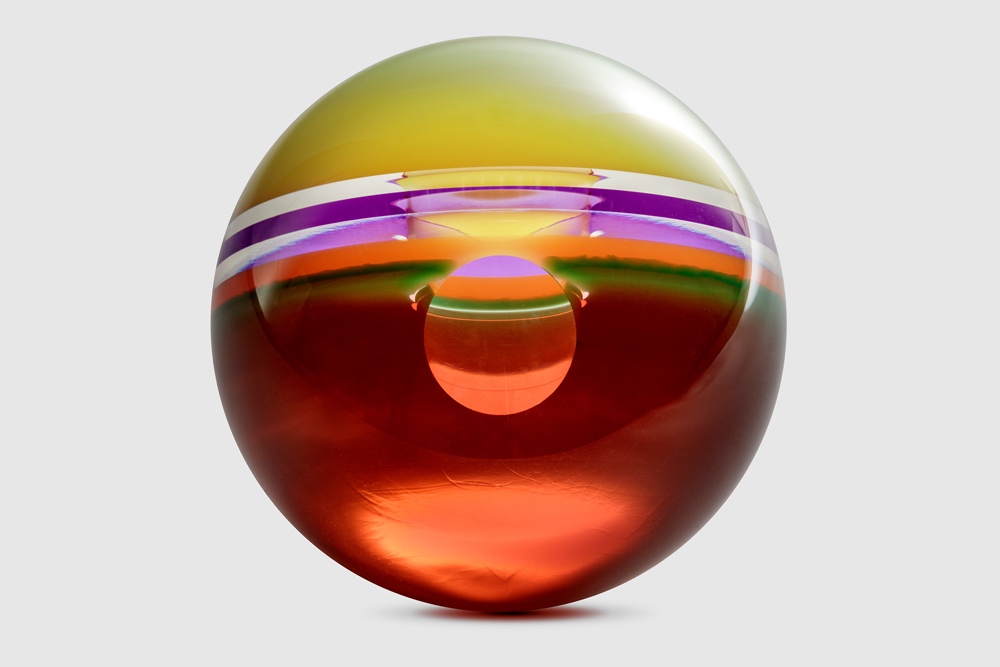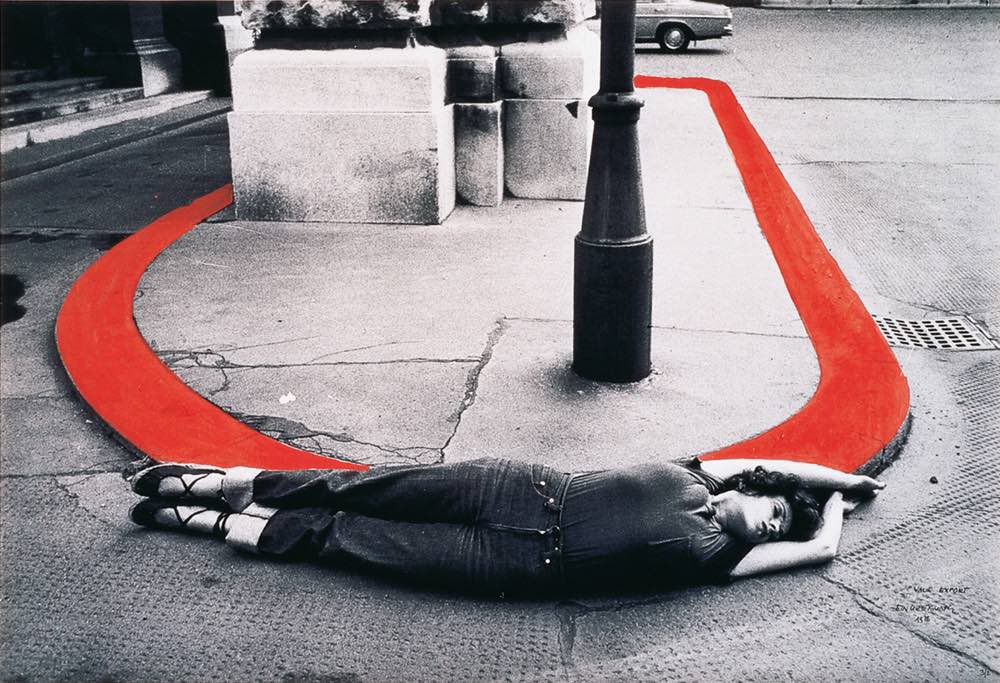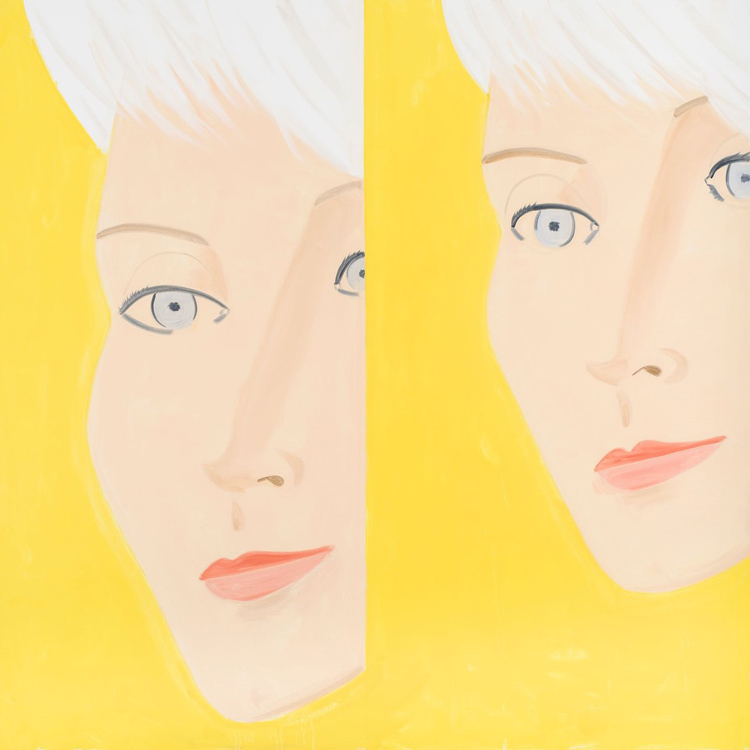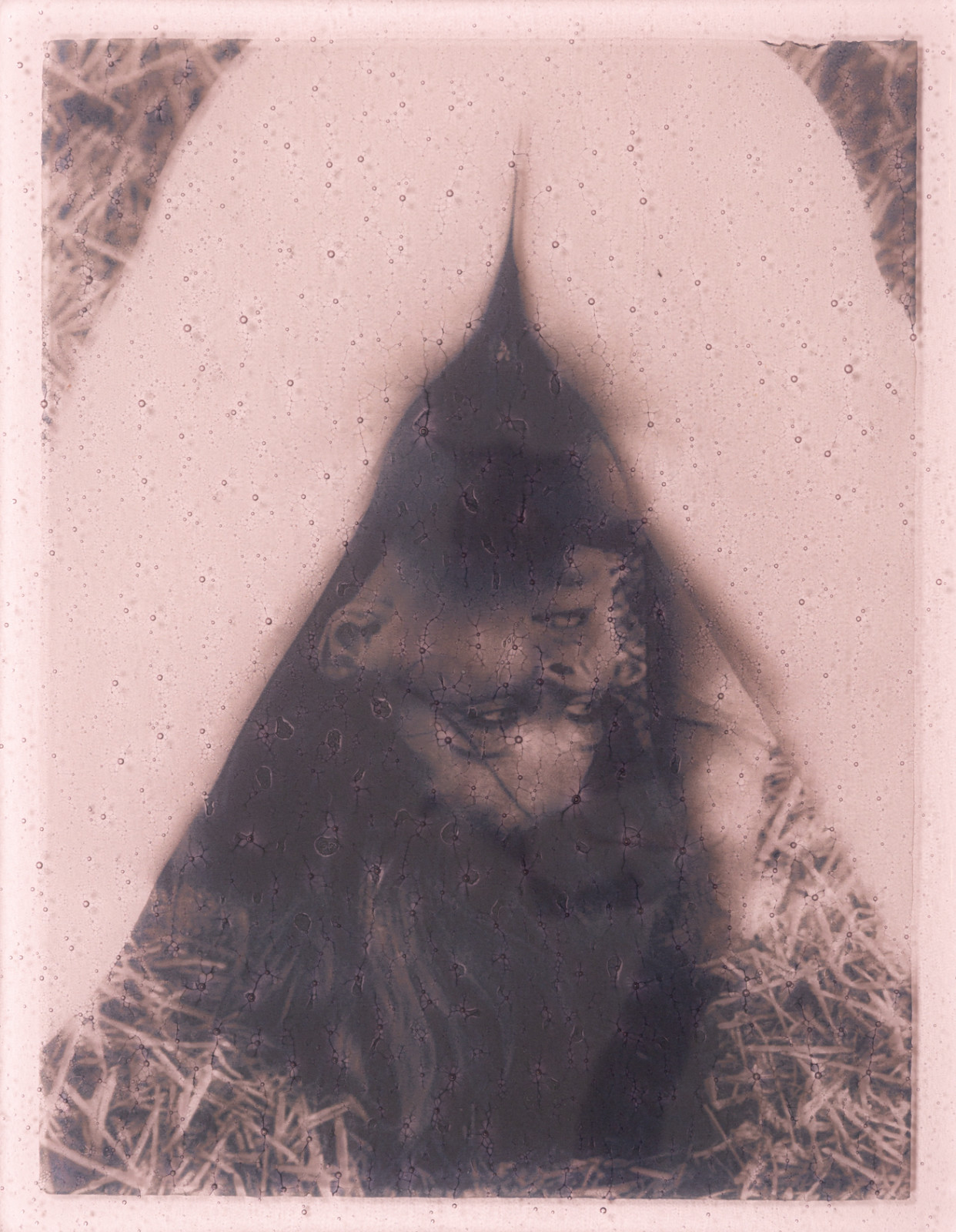HELEN PASHGIAN
2019-12-23Pashgian’s primary objective is to explore light as both a medium and subject of sculpture. Originally pursuing an academic career in art history, Pashgian planned to begin her doctoral research on the 17th century Dutch masters, who were renowned for their innovative ability to paint light. By the early 1960s, she had turned her attention to art making and began working with industrial materials, experimenting with casting techniques that would allow resin to encapsulate light within a solid form. Part of a pioneering program of artists in residence at the California Institute of Technology, from 1970-71 she was among the first artists and scientists given access to numerous materials developed within the California aerospace industry that had recently become declassified. During her time in the residency program, she pushed the boundaries of her experimentation, leading her to dramatically increase the scale of her work using highly volatile polymer compounds.
Opposite – Untitled, 2019
Exhibition runs through to February 29th, 2020
Lehmann Maupin
74-18, Yulgok-ro 3-gil, Jongno-gu
Seoul
South Korea





